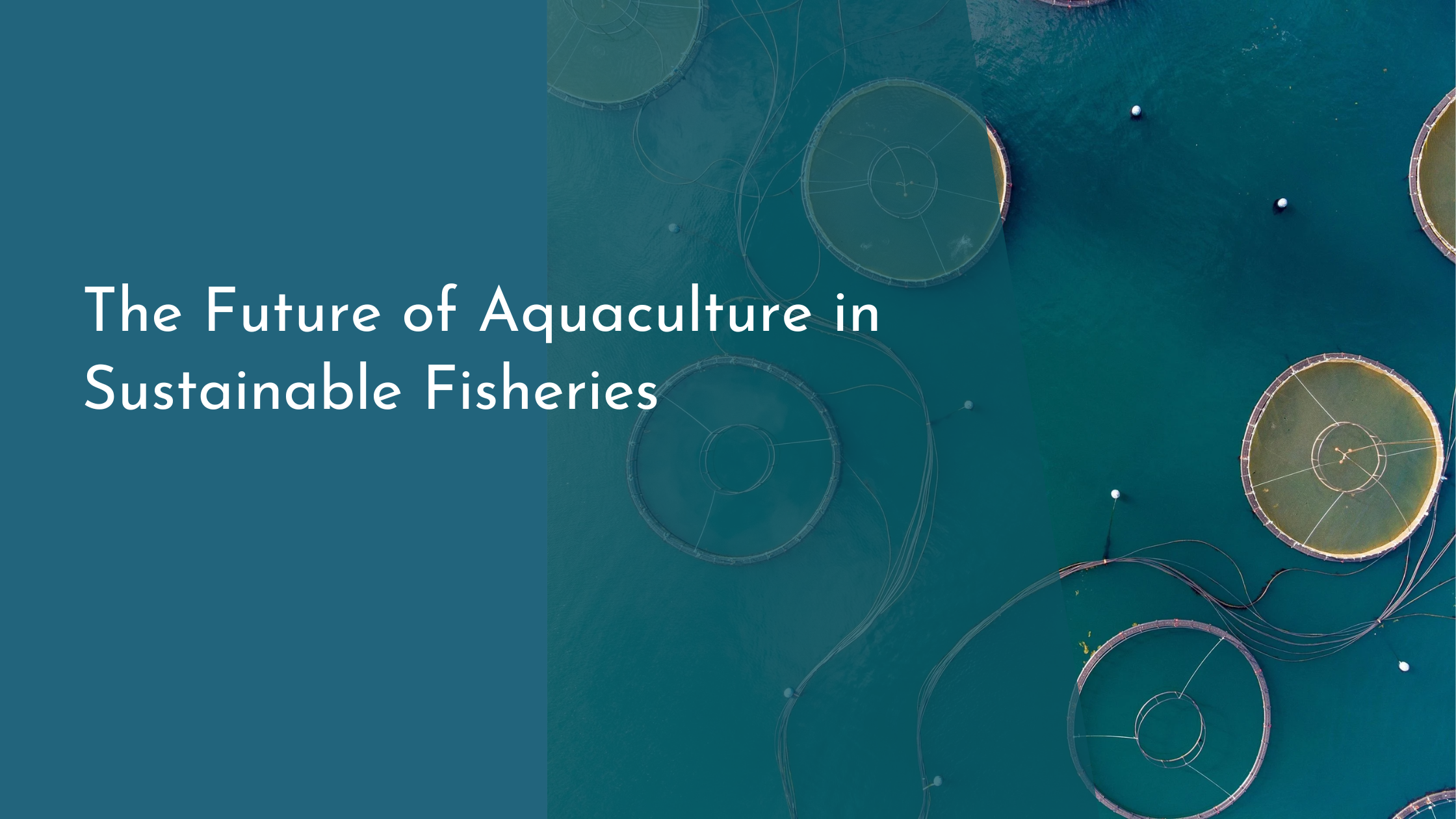The Future of Aquaculture in Sustainable Fisheries
As the world’s population continues to grow, so does the demand for sustainable seafood. Aquaculture, the practice of farming aquatic organisms, has emerged as a vital component in meeting this demand while alleviating the pressures on wild fish populations. With innovative technologies and sustainable practices, aquaculture is poised to play a pivotal role in the future of fisheries. This article explores the exciting innovations driving aquaculture’s growth, the sustainable practices being adopted, the environmental benefits of this expansion, and concludes with a hopeful outlook for the future of fisheries.
Innovations Driving Aquaculture’s Growth
One of the key innovations propelling aquaculture’s growth is the development of recirculating aquaculture systems (RAS). These systems allow for the cultivation of fish in a controlled environment, where water is continuously purified and reused, greatly reducing the need for fresh water and minimizing waste. By enabling fish farms to operate independently of natural water sources, RAS technology is unlocking new locations for aquaculture operations, from landlocked areas to urban centers. This innovation is not only increasing production capacity but also making it possible to meet the rising demand for seafood while maintaining environmental stewardship.
Another groundbreaking advancement is the use of genetic technologies to improve fish yield and resilience. Selective breeding and genetic modification are being used to produce fish that grow faster, resist diseases, and adapt better to changing environmental conditions. These advancements reduce the reliance on chemical treatments and antibiotics, ensuring healthier stocks and minimizing the industry’s ecological footprint. As these technologies continue to evolve, they offer promising potential for increasing productivity while maintaining the genetic diversity that is crucial for healthy and resilient aquaculture ecosystems.
Sustainable Practices in Modern Fisheries
Modern fisheries are increasingly adopting sustainable practices that consider the welfare of the environment, fish stocks, and local communities. Integrated multi-trophic aquaculture (IMTA) is one innovative approach that combines the farming of different species, such as fish, shellfish, and seaweed, in proximity. This method mimics the natural ecosystem and allows for nutrient cycling, where the by-products of one species serve as nutrients for another. As a result, IMTA reduces waste, enhances productivity, and improves overall ecosystem health, making it a sustainable model for future aquaculture ventures.
Certification programs and sustainability standards are also playing a crucial role in encouraging responsible practices within the industry. Organizations like the Aquaculture Stewardship Council (ASC) and the Global Aquaculture Alliance (GAA) have developed rigorous criteria that aquaculture operations must meet to be certified as sustainable. These programs not only ensure that seafood is sourced responsibly but also promote transparency and traceability throughout the supply chain. By adhering to these standards, aquaculture operations can provide consumers with assurance that the seafood they purchase is not only of high quality but also produced with respect for the environment and local communities.
Environmental Benefits of Aquaculture Expansion
Aquaculture expansion offers numerous environmental benefits, particularly in terms of reducing the pressure on wild fish populations. By providing an alternative source of seafood, aquaculture helps alleviate overfishing and allows wild stocks to recover and replenish. This is especially important for endangered species and delicate marine ecosystems that have been heavily impacted by unsustainable fishing practices. Furthermore, aquaculture provides a controlled environment where fish can be farmed without the bycatch and habitat destruction often associated with traditional fishing methods.
Additionally, aquaculture can contribute to restoring and enhancing aquatic habitats. For example, seaweed and shellfish farming not only produce valuable food resources but also improve water quality by filtering pollutants and absorbing excess nutrients. These farms can create artificial reefs that offer refuge for marine life, enhancing biodiversity and resilience in coastal ecosystems. As the aquaculture industry continues to expand, it holds the potential to play a critical role in ecological restoration efforts, showcasing how human activity can positively coexist with natural environments.
The future of aquaculture in sustainable fisheries is promising, driven by a combination of innovative technologies and a commitment to sustainable practices. As the industry continues to advance, it is well-positioned to meet the global demand for seafood in an environmentally conscious manner. By embracing these changes, aquaculture not only ensures a reliable food source but also supports vital ecological systems. With continued innovation and dedication to sustainability, the aquaculture industry can lead the way towards a brighter and more sustainable future for fisheries worldwide.



